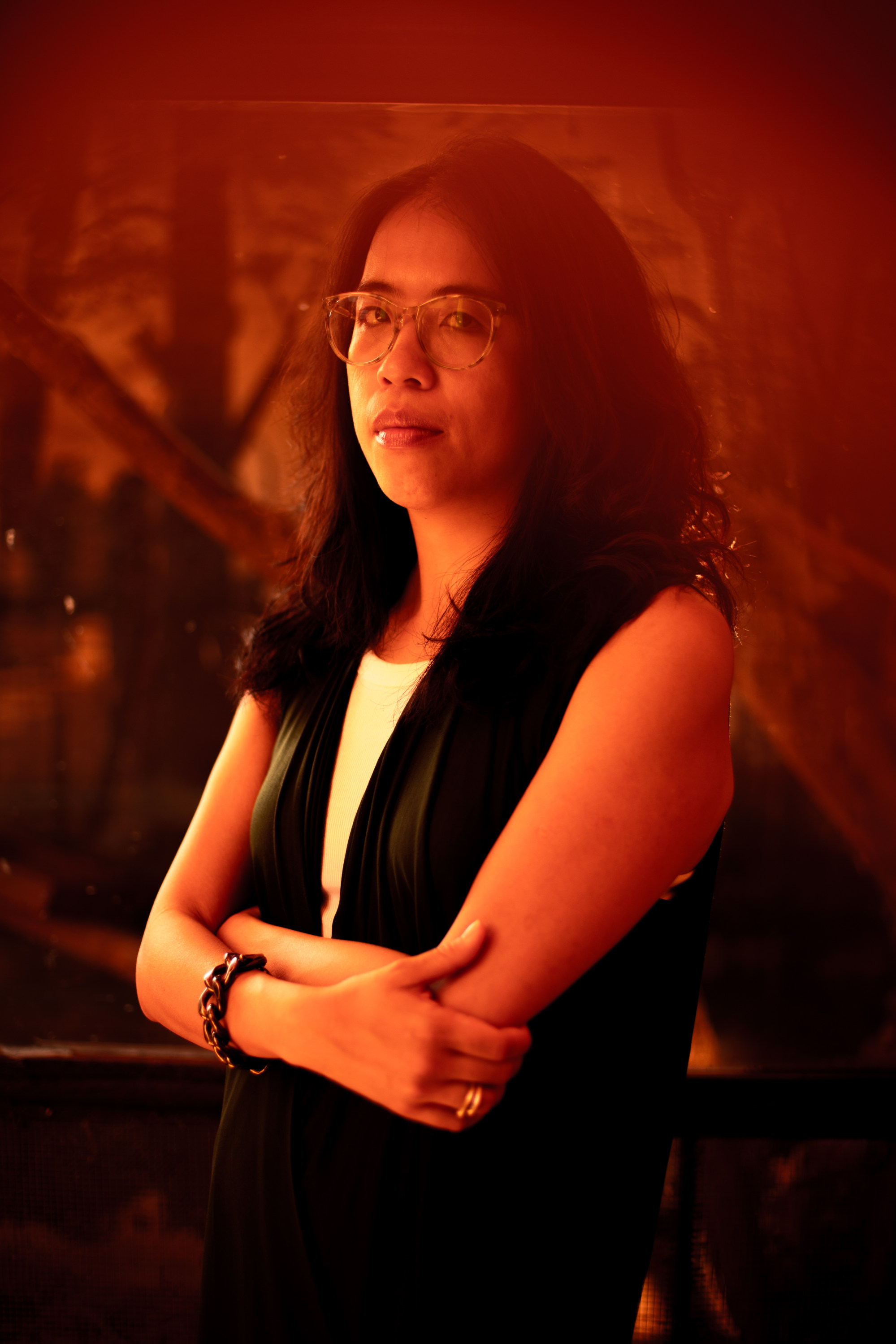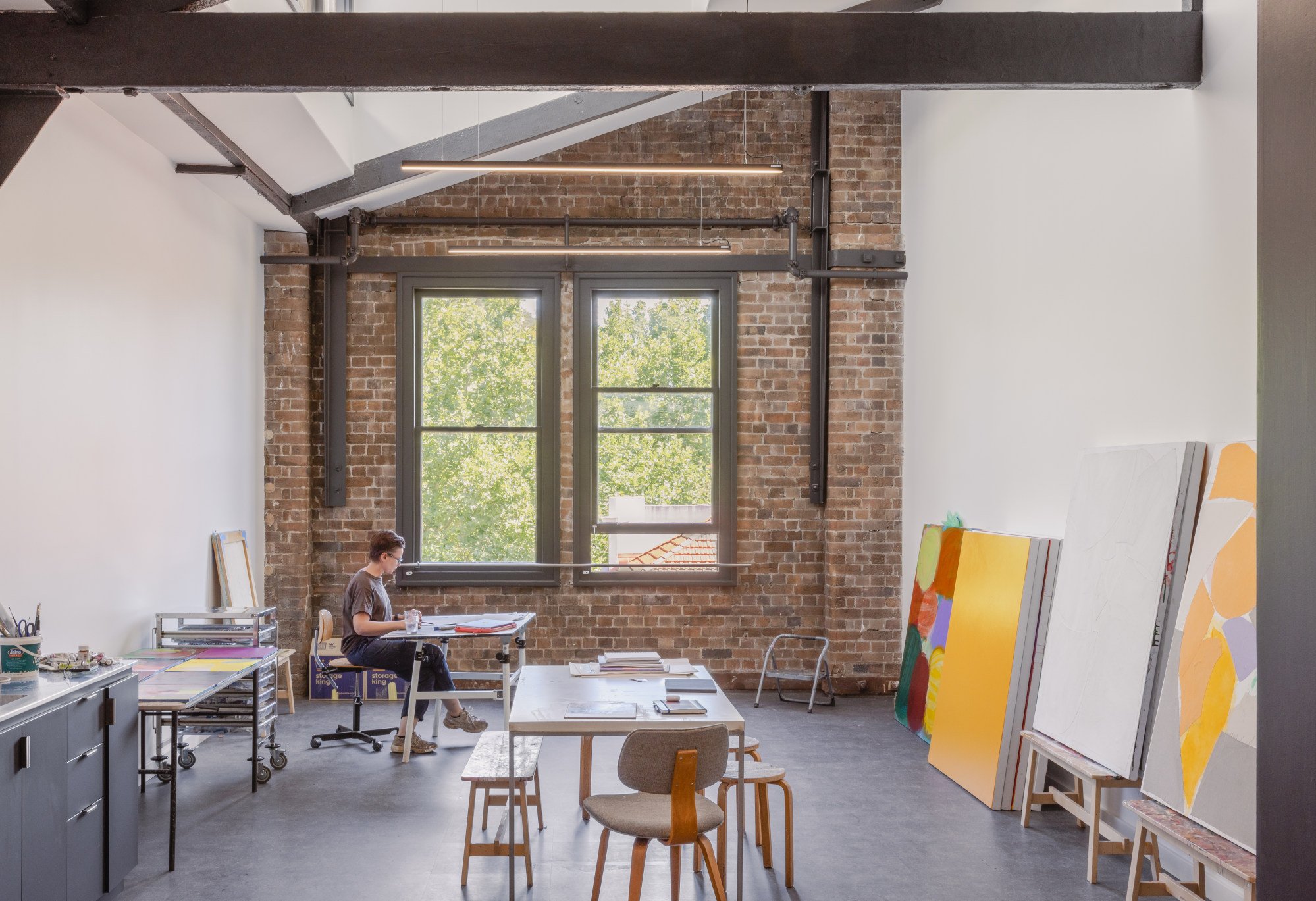
As Sydney non-profit contemporary art centre Artspace reopens after renovation, its director talks about serving the community and networking in Asia
- Newly renovated Sydney contemporary art centre Artspace reopens on December 15, bigger and with more studios to let out rent-free to artists
- The venue’s director, who also works for Art Basel Hong Kong, talks about raising its profile by working with curators linked to Venice Biennale and M+ museum
On Friday, December 15 2023, Artspace – a non-profit contemporary art centre in Sydney – will reopen after a three-year-long renovation that has cost more than A$19.2 million (US$12.6 million).
The celebrations that evening and the following day will feature live music, DJ sets, a book launch, artist talks and the opening of three exhibitions, including a solo exhibition by the aboriginal artist Jonathan Jones which has been developed with the Palais de Tokyo in Paris.
But before that, there will be another event: a barbecue with children from the local community, who have worked with another aboriginal artist, Dennis Golding, to make the ribbon that will be cut during the grand opening.
“Artspace is located in Woolloomooloo, at a really interesting intersection of different social, cultural and economic points,” says Alexie Glass-Kantor, Artspace’s executive director.


The art centre is sandwiched between one of the last pockets of social housing in Sydney and Woolloomooloo Wharf – where actor Russell Crowe lives and where some of the most expensive property in the city is to be found.
“Artspace supports the making of contemporary art, but we’re also always advocating for education and social inclusion, so it’s great to have the community involved in the reopening,” Glass-Kantor says.

While she remains committed to Artspace’s immediate community, she has also raised its profile across Asia since she took the reins in 2013.
Since 2015, she has curated the large-scale installations that tower over gallery booths at the Art Basel Hong Kong art fair in a section called Encounters.

Artspace has also co-curated exhibitions around Asia, among them several projects at the Dhaka Art Summit in Bangladesh and UN/Learning Australia at the Seoul Museum of Art in 2021, which marked the 60th anniversary of diplomatic relations between Australia and South Korea.
For Glass-Kantor, this work in the broader Asia-Pacific region is a natural extension of Artspace’s activities in Australia.
Artspace was founded in Sydney in 1983 by artists who wanted the freedom to experiment outside established museums or commercial galleries.
There are people who haven’t been born yet who will live and work here
Artspace’s renovated building provides more space for artists to make and exhibit their work. It is in The Gunnery, a three-storey heritage building historically used as a printing press and naval training centre.
Following its renovation, Artspace will occupy all three floors of the building for the first time. This will give it larger galleries; a new space for performances and public programmes; room for Artspace’s archive, which for the first time will be open to the public; and three new artist studios, increasing the number of studios from seven to 10.

The studios are leased to artists rent-free for a year.
The state government of New South Wales funded the renovation and has granted Artspace a 35-year lease for The Gunnery.
“There are people who haven’t been born yet who will live and work here. Museums feel very confident of their endurance, but non-profits like Artspace don’t normally have that comfort. It’s a great gift,” Glass-Kantor says.
Creating communities in Hong Kong is ‘maddening and fun’: meet Marisa Yiu
Artspace’s operations are funded through a mixture of state and federal government financing, as well as through private philanthropy.
Glass-Kantor is unusual in that her roles at Artspace and Art Basel mean she works at both the non-profit and commercial ends of the art world.
“I don’t feel any conflict because I don’t have to sell the work at Art Basel,” she says, adding that responsibility lies with the commercial galleries who represent the artists participating in Encounters.

“I’m broad-minded about the context in which I work. It can be a biennial, it can be a museum, it can be an art fair, it can be online. As a curator, I’m interested in learning from artists and audiences wherever they are.”
Her work in the commercial sector also helps to fund Artspace projects.
“With Art Basel Hong Kong, I’m seconded through Artspace,” Glass-Kantor says. This means that the fee for the collaboration goes to Artspace, rather than to her personally.
‘I thought I was god’s gift to China’: how Pearl Lam learned to be Chinese
“It funds the team’s travel to develop relationships abroad and build capacity,” she says.
International relationships are key to Artspace’s upcoming programmes: it is developing exhibitions or projects with four institutions or organisations in Asia. Later this year, Artspace will exhibit a new installation by a leading artist from mainland China.
Glass-Kantor stresses that she is just one of a number of Australian curators building relationships across the region.
“Suhanya’s first job was actually at Artspace,” Glass-Kantor says.
“I’m not an island. Australian curators and institutions have had relationships with institutions in Asia for generations. It’s important we continue them.”

